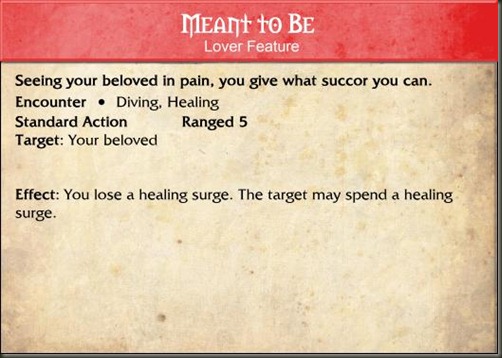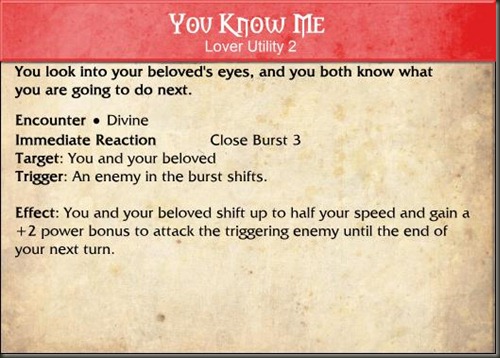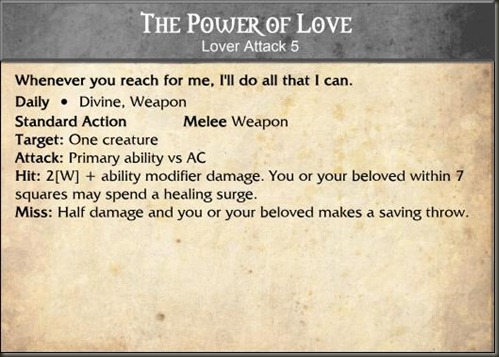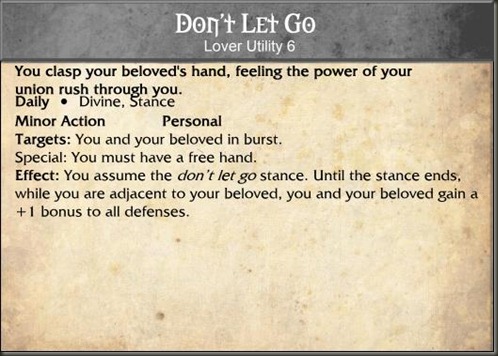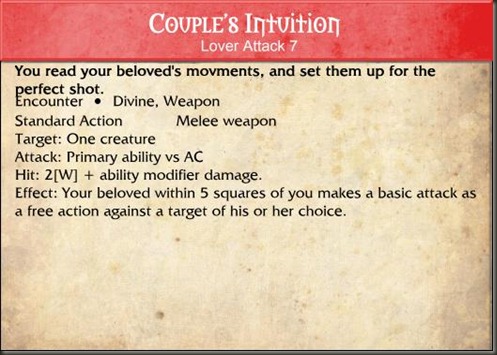I sell games for a living, but that’s not the only thing that gets sold in my store. Far from it, comic books outsell games on a nearly 3-1 basis, but we keep the games center chugging along because it is also making ridiculous amounts of coin for us. One of the things that I am constantly coming up against in comic book culture is “How much do you think this book will be worth in ten years?” My answer, always a disappointment to the customer, is “Cover price, more or less.” That’s because comic books aren’t collectible anymore. If someone tries to sell you a comic book because of it’s collectability, you should kick that person in the junk and burn his or her store down. That person is a jack-off.
Comic books were once collectible because they were rare. Printing used to cost a goddamn fortune. Printing a 22 page book in multiple colors in a huge print run every single month was basically impossible. You could do it, sure, but it was going to cost more than you would ever make back on the books you sold. Companies simply couldn’t afford to put out the insane amount of comic books we have available today because the technology involved was pretty cost prohibitive. The print run on Action Comics #1 was 200,000. That’s not a lot of books, not really. If you got one, you’d be one of a very small group of the population. Having the foresight to keep it in pristine condition would have been even more rare (why would you keep a funny-book looking nice?). So Action Comics #1 is one of the most valuable comic books ever printed.
The first issue of Spawn sold more than 1,700,000 copies, as a point of reference. With some pretty common computer knowledge and two free gigs of space on your hard drive, you can have it and 180 issues that came after it for free. Unless something big happens (and we’re talking big, here; Death of Superman big), the comics you buy this week won’t be worth more than you pay for them.
This same principle applies to all of the stuff I used to geek out about as a kid. Comics, Magic cards, Dungeons & Dragons, the works. Once upon a time, I couldn’t find D&D books to save my life. Comic shops didn’t carry much, game stores were few and far between. We’d have to drive three hours to buy books to feed my obsession with role-playing games. And it was an obsession. I couldn’t wait to get my grubby little paws on something anything D&D. I begged my parents for it, asked for it on Christmas and birthdays, borrowed the meager supplies in the local library. I hungered for more, but it was scarce, and so I treasured every morsel of goodness I could wring from the resources I could find.
If I were to give you a zero dollar budget and a fast internet connection, and gave you a mission: “Find me D&D books!” how many D&D books could you find? All of them? All of the D&D books ever published? Yeah. You could. I spent some time as a pirate, and it’s only gotten easier as the years have trudged on. This is a concept I was introduced to (nearly word for word) via this: a cracked article that doesn't really get the point. The basic idea is that we are living in an era in which all of the information that has ever been dedicated to digital media, be it text or pictures or sound or video or whatever else we come up with in the next few years, is available to you for free if you know how to get it. This is nothing new to me, and isn’t new to anyone who has ever downloaded a song without paying for it. Hell, the web is deep and uncharted, and we have had sites devoted to making you better at finding things on the internet since the internet became a thing.
So we have cheaper printing now. That makes your comics cheaper to buy. You can get your comics for free if you want them. Stealing is cheap as free. You never need hunger for comics again. Hooray!
Hooray?
Well, maybe not so much. See, part of nerd culture is about scarcity. Living in a post-scarcity world means living in a post-nerd-culture world. My jonesing for D&D books can be sated at a whim, now, if I want it to be, which means that I don’t need to wring every drop of value I can from them between now and my next trip to the game store. I’m not as involved. The minutia is less important. I geek over it less, because I have immediate and constant access to it whenever I want. And that, unfortunately, makes me less of a geek.
Patton Oswalt wrote a thing that got published today. Or maybe it got published on a different day, but I’m only seeing it today. He talks about how the things we used to jones for are readily available, and that it’s leading to a corrosion of nerd culture. It used to be that we needed to wait for our injections of nerd culture. They only came at intervals, and the cruel expanses of time between hits was when we would sit around being nerds about it. We recited Monty Python quotes while we weren’t watching Monty Python, because we weren’t watching Monty Python, and we wished we had access to more of it. If there had been a 24/7 Monty Python channel back in the 1990s, I don’t think I would have been half as into it.
Now, I fire up my YouTube, and I have as much Monty Python as my little brain can handle. I haven’t watched Monty Python on YouTube for a very long time, and I only realized it as I was typing that sentence. This is what Mr. Oswalt is talking about, the idea that when we have a glut of pop culture, we value it less, we geek on it less, and so the “culture” part of it lessens. Instead, we have a revolving door of memes to keep us occupied, and when we’ve had our fill of one, another will take its place.
Mr. Oswalt suggests that this will result in us having access to Everything That Ever Was – Available Forever. At some point, we’re going to have every pop culture thing that has ever existed available to us all at once. All of pop culture, at your fingertips. And it is his suggestion that this will engender a breakdown of pop culture in its entirety, that pop culture (and by proxy nerd culture) will implode under the weight of it’s own availability.
I understand that Mr. Oswalt is a comedian by profession, and I will assume that his apocalyptic notion of a pop-culture meltdown is mostly hyperbole. But he raises some interesting points regarding the nature of nerdity that I think merit further discussion. I mean, in a world where I can download every episode of the Thundercats, how do I value the time I spent yearning for Saturdays so I could catch up with Lion-O and his faithful followers and friends? Having done it, I can honestly say that repeating the experience didn’t live up to my nostalgia’s expectations of it. Is that just because the Thundercats actually sucked, and I remembered them being great because I was a little kid? Or is it because having immediate access to this thing I once had meted out to me in spoonfuls made the experience somehow less intoxicating? Perhaps a mixture of the two? I don’t know.
I don’t think that pop culture is going to implode. I think it’s changing, evolving into something very different from what it once was. I think that the concept of “pop culture” is a modern one, but we don’t live in a modern world anymore. We live in a post-post(post?)modern world, a world in which ideas and information are constantly and consistently available to us with the click of a few buttons. This is not a world in which geekery can survive, honestly. Where there is no scarcity, there is no yearning, and where there is no yearning, there is no nerd.
That isn’t to say there won’t still be outcasts and weirdos out there, with fascinations and hobbies beyond the ken of our ONE and ZERO. The way I figure it, the outcasts will be the ones doing things. They’ll be the people who are putting cars together, not because they have any special love for driving, but because they capture that yearning between “I need this part,” and “Woo! I got that part I was waiting for!” They will be the people who go hiking, not because they want to be at the top of a mountain, but because they want to desire being at the top of a mountain, and because getting to the top of a mountain can’t be done at light speed. There are preparations involved, waiting for the right time, the right conditions, before you can even think about getting to the top of that mountain. That is where the last vestiges of nerdity will live, in the things you actually need to wait for, the things you can’t have right away.
At least, until someone invents the Transporter and the Replicator. Then we’re all fucked.



